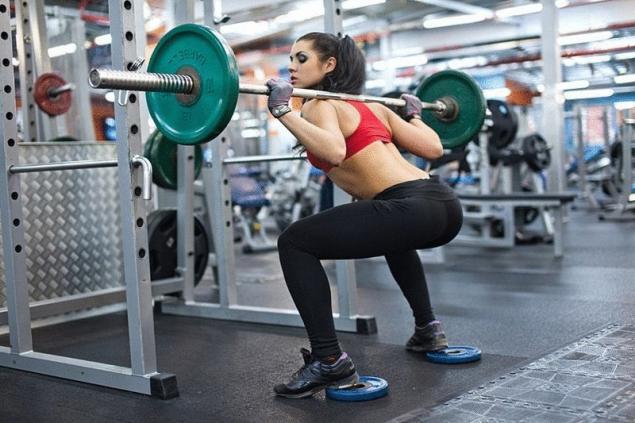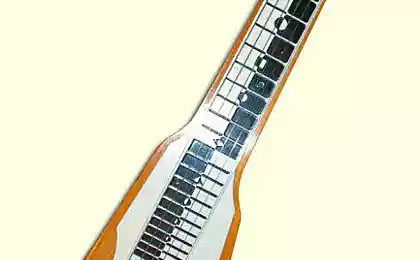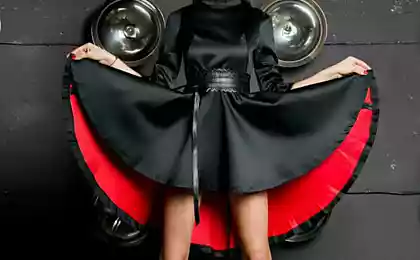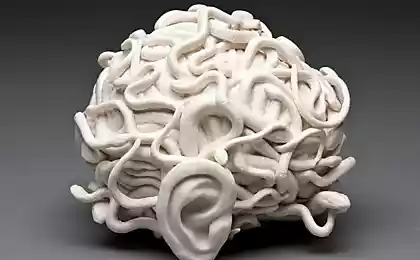518
The 12 most common mistakes in the squat

ERROR 1
The neck is too high on the trapeze.
Staging of the neck too high up on trapezes, and especially in the base of the neck creates an additional lever, deflecting your body forward from the optimal trajectory. The rod should lie over the rear beams of the deltoid muscle, in the middle of the trapezoid.
ERROR 2
A wrong grip.
Incorrect grip of the fretboard is too wide or narrow. Excessively wide grip robs the lifter of the control rod, and narrow — creates a significant and harmful tension in the elbows. Normal grip: 5-8cm width of shoulders.
ERROR 3
The extra steps.
Precious energy is spent on unnecessary steps from the uprights for the adoption of the original provision. And if the front squat attempt with a record weight. Depart from stands exactly as not to touch the rod holders.
ERROR 4
Excessive lifting of the head.
Deviation of the head back during the squat affects your entire posture. Look straight ahead and instead of flexing your neck trying to keep my head above, just be sure to plane your jaw was parallel to the floor while driving. With this, your back will be more direct, which will improve the biomechanics of the squat and will increase the chances of successful completion of the exercise.
ERROR 5
The position of the feet.
With the right front foot should be just slightly wider than shoulders, but this rule is dependent on the shape of the athlete. The lifters with powerful thighs and buttocks you can use a wider stance than those whose muscles are less developed. The wider the stand, the greater must be deployed in the sides of the toes.
ERROR 6
A forward bend.
Excessive deflection of the hull forward when squatting occurs for three main reasons: lack of flexibility in the "ankles" lack of strength of the muscles of the lower back or incorrect form of the exercise. Fortunately, all three causes can be identified and they are fixable. Comes after a significant increase in results.
ERROR 7
Express down.
This is the most common mistake beginners who do not have the strength to lift heavy barbells, but they believe that the leap from the lower position will allow inertia to slip the critical current of hoist. Correct lowering speed requires lowering the hips about 45° per second, while all the way down takes 2-3 seconds. The leap from the lower position — one of the blunders the right way for a long time to bring myself down.
ERROR 8
The knees begin to move.
When you go down, need to lead the hips, not the knees. The key point of the technique is that the movement starts at the bend in the hip joints, to bend the knee. Hip pulls back, loading the heel. This minimizes unnecessary extension of the tibia forward.
ERROR 9
Not strong enough to lift
The lack of strength to start lifting can occur from incorrect forms of exercise, if you don't keep the body straight enough. Hard long workout, maybe it's what you need to solve.
ERROR 10
Hips rise too fast.
Don't lift your pelvis too quickly when lifting. The idea is to keep the hips under the bar, with the rapid rise they move forward, which is wrong.
ERROR 11
Reduced knees.
The lifters are beginners often make the knees in the recovery phase. This happens due to the imbalance of power between the reduce and abductor muscles of the thigh. The problem is solved only by focusing all the attention on the proper technique of the squat, gradually strengthening lagging muscle groups.
ERROR 12
Not deep enough squat.
How deep should you squat? For bodybuilders and other athletes to a parallel thigh to the floor.
Competing powerlifters have to squat a little deeper.
Not deep enough squats may affect the effectiveness of your workouts. published
P. S. And remember, only by changing their consumption - together we change the world! ©
Source: vk.com/sport_stat?w=wall-25740422_154940






















